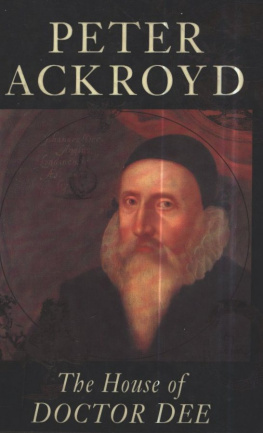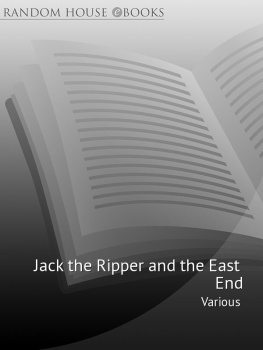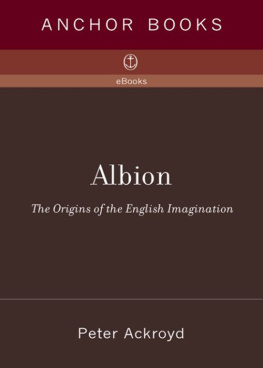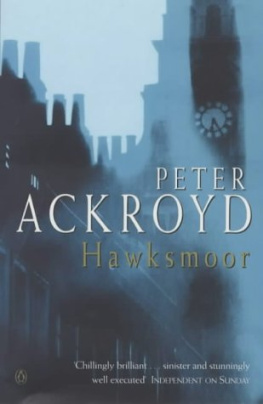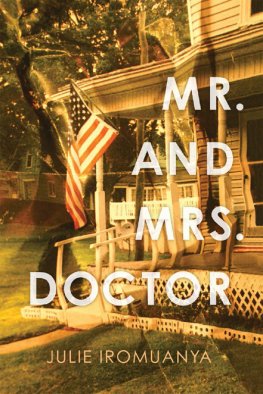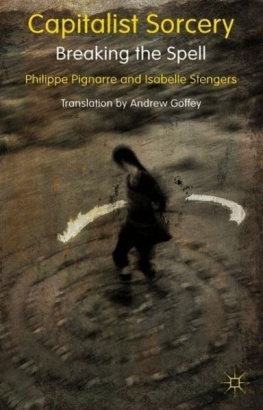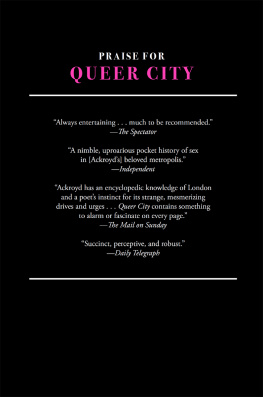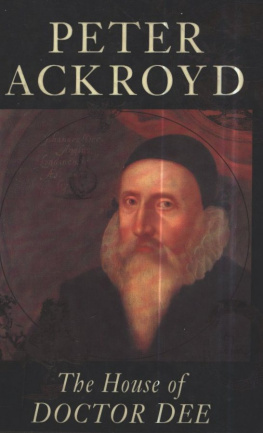Ackroyd - The house of Doctor Dee
Here you can read online Ackroyd - The house of Doctor Dee full text of the book (entire story) in english for free. Download pdf and epub, get meaning, cover and reviews about this ebook. City: London;England, year: 1993, publisher: Hamish Hamilton, genre: Art. Description of the work, (preface) as well as reviews are available. Best literature library LitArk.com created for fans of good reading and offers a wide selection of genres:
Romance novel
Science fiction
Adventure
Detective
Science
History
Home and family
Prose
Art
Politics
Computer
Non-fiction
Religion
Business
Children
Humor
Choose a favorite category and find really read worthwhile books. Enjoy immersion in the world of imagination, feel the emotions of the characters or learn something new for yourself, make an fascinating discovery.
The house of Doctor Dee: summary, description and annotation
We offer to read an annotation, description, summary or preface (depends on what the author of the book "The house of Doctor Dee" wrote himself). If you haven't found the necessary information about the book — write in the comments, we will try to find it.
EDITORIAL REVIEW:
By the author of English Music and Hawksmoor, this is a novel about sorcery and the possibilities of human redemption. It is concerned with the prospect of an eternal city. It is about the secrets of love and power, in a world where there can be no distinction between the past and the present.
Ackroyd: author's other books
Who wrote The house of Doctor Dee? Find out the surname, the name of the author of the book and a list of all author's works by series.
The house of Doctor Dee — read online for free the complete book (whole text) full work
Below is the text of the book, divided by pages. System saving the place of the last page read, allows you to conveniently read the book "The house of Doctor Dee" online for free, without having to search again every time where you left off. Put a bookmark, and you can go to the page where you finished reading at any time.
Font size:
Interval:
Bookmark:
BY THE SAME AUTHOR
Novels
The Great Fire of London
The Last Testament of Oscar Wilde
Hawksmoor
Chatterton
First Light
English Music
Non-fiction
Notes for a New Culture
Dressing Up
Ezra Pound and His World
T. S. Eliot
Dickens
PETER ACKROYD
THE HOUSE
OF
DOCTOR DEE
HAMISH HAMILTON LONDON
HAMISH HAMILTON LTD
Published by the Penguin Group
Penguin Books Ltd, z7 Wrights Lane, London W8 5TZ, England
Penguin Books USA Inc., 375 Hudson Street, New York, New York 10014, USA
Penguin Books Australia Ltd, Ringwood, Victoria, Australia
Penguin Books Canada Ltd, 10 Alcorn Avenue, Toronto, Ontario, Canada M4V 3B2
Penguin Books (NZ) Ltd, 182-190 Wairau Road, Auckland 10, New Zealand
Penguin Books Ltd, Registered Offices: Harmondsworth, Middlesex, England
First published 1993
3 5 7 9 10 8 6 4
Copyright Peter Ackroyd, 1993
The moral right of the author has been asserted
All rights reserved.
Without limiting the rights under copyright
reserved above, no part of this publication may be
reproduced, stored in or introduced into a retrieval system,
or transmitted, in any form or by any means (electronic, mechanical,
photocopying, recording or otherwise), without the prior
written permission of both the copyright owner and
the above publisher of this book
Typeset by Datix International Limited, Bungay, Suffolk
Filmset in Monophoto Garamond
Printed in England by Clays Ltd, St Ives plc
A CIP catalogue record for this book is available from the British Library
ISBN 0-241-12500-6
I |
INHERITED THE house from my father. That was how it all began. I had heard nothing about it until after his death, and it was not until the summer of this year that I visited it for the first time. The house was in Clerkenwell, an area I scarcely knew, and I took the tube from Ealing Broadway to Farringdon. I hardly needed to save the expense of a taxi now, but since childhood I have always enjoyed riding under the ground. I am so accustomed to travelling into the City or West End, in fact, that I recognized nothing out of the ordinary in the course of this particular journey except, perhaps, for a more powerful sense of the change. It begins to happen when I leave the Central Line at Notting Hill Gate, and ride the escalator to the Circle Line platforms on a higher level. The stations along this route have always been less familiar to me; a slight adjustment is necessary, therefore, and I adopt another layer of anonymity as the train moves on from Edgware Road and Great Portland Street to the old centres of the city. Each time the automatic doors close I experience a deeper sense of oblivion or is it forgetfulness? Even the passengers seem to be transformed, and the general atmosphere of the carriage becomes more subdued and, on occasion, more fearful.
Just before the train arrived at Farringdon it emerged from the tunnel and, for a moment, I noticed the pale sky; it reminded me of the mild, depressing Ealing light, but as soon as I stepped out of the underground station into Cowcross Street that illusion was dispelled. For the light of the city changes pearly in the west, sombre in the south, misty in the north, sharp in the east and here, close to the centre, it had a particularly smoky quality. I could almost taste the scent of burning.
No doubt this accounted for my nervousness as I made my way towards the house which my father had left to me the house about which I knew nothing except its address. I had looked up Cloak Lane in a London atlas, and in my imagination I had already placed it among other streets packed with shops and offices; but as I made my way down Turnmill Street towards Clerkenwell Green, I realized that this was like no other part of central London. It seemed both more open and more desolate, as if at some point the area had been laid waste. Cloak Lane itself was difficult to find. I estimated that it was some thirty yards north-west of the Green, but when I walked in that direction I found myself circling around Clerkenwell Close and the church of St James. It was a late Friday afternoon, and the grounds of the church were deserted; three cats sat along a portion of ruined wall on the south side, and pigeons murmured among the gravestones, but of human life there was no sign.
And then I saw it. It was at the end of what looked like an alley, sprawled across a patch of waste ground, and for a moment I closed my eyes; as I opened the gate and prepared to approach it, I found myself concentrating upon the pale bindweed, the dock and nettle, growing up among the broken stones of the path. I have always disliked weeds, because they remind me of my childhood; I still remember my father telling me that they spring from the bodies of the dead and, as I walked down the path, I crushed them under my shoe. It was only then, when I stopped and looked up from the mangled remains of the ragwort, that I noticed the strangeness of this house. I had assumed at first glance that it belonged to the nineteenth century, but I could see now that it was not of any one period. The door and fanlight seemed to be of the mid eighteenth century, but the yellow brickwork and robust mouldings on the third storey were definitely Victorian; the house became younger as it grew higher, in fact, and must have been rebuilt or restored in several different periods. But its most peculiar aspect was its ground floor: it ranged beyond the area of the other storeys and, as I walked closer, I realized that the basement covered the same more extensive ground. These parts of the house were not faced with brick; the walls seemed to be fashioned out of massive stone, and suggested a date even earlier than the eighteenth-century door. A much larger house must once have existed here, of which the ground floor and the basement were the only visible remnants; later additions were on a more modest scale, so that now the central section rose up like some broad tower from its rambling origins. No. It resembled the torso of a man rearing up, while his arms still lay spread upon the ground on either side. When I walked towards the steps, it was as if I were about to enter a human body.
I took the keys which my father had bequeathed to me, and opened the door. A draught of air enveloped me for a moment, and I thought I detected a sweet or perfumed aroma within it; it was as if the dust of this old house had somehow been overlaid with syrup or marzipan. Then I walked into the hall and, crouching down just beyond the threshold, listened intently. The truth is that I have a particular horror of rats of anything, really, which invades and lives within an empty house and if there had been the slightest sound or shadow of movement, I would have shut the door behind me and never returned. I would have sold this place and secretly been grateful for the excuse to do so. But there were no sounds. The house was only a few yards from the Farringdon Road, and was overlooked by a small estate of Peabody Trust flats; yet it was entirely quiet. I might just as well have entered a sealed room.
I stood upright and walked down the wide hallway. There was a staircase to my left and, on the right, a dark-brown door which appeared to lead to some other room. It was locked. I shook the handle impatiently, and there was something like a dead echo from the other side which suggested to me that this door opened upon some basement stairs. So I left it, and made my way towards the room at the end of the passage. It was much larger than I had expected, and covered almost the whole of the ground floor; but it had a low ceiling, so that it seemed unnaturally restricted. I could see that the interior walls were fashioned out of the stone I had glimpsed from the path, and there were several elongated windows cut into it which seemed almost as old as the fabric itself. The room was also of an unusual shape, since it linked both wings of the house and formed a kind of enclosed courtyard around the hall. There were one or two items of furniture a chair, a sofa, a wooden chest but they only served to emphasize the bareness and silence of this place. I was baffled and, I suppose, rather depressed: I knew that all this was now mine, but I did not feel I could claim any possible connection with it. But if I did not own it, then who did?
Next pageFont size:
Interval:
Bookmark:
Similar books «The house of Doctor Dee»
Look at similar books to The house of Doctor Dee. We have selected literature similar in name and meaning in the hope of providing readers with more options to find new, interesting, not yet read works.
Discussion, reviews of the book The house of Doctor Dee and just readers' own opinions. Leave your comments, write what you think about the work, its meaning or the main characters. Specify what exactly you liked and what you didn't like, and why you think so.

